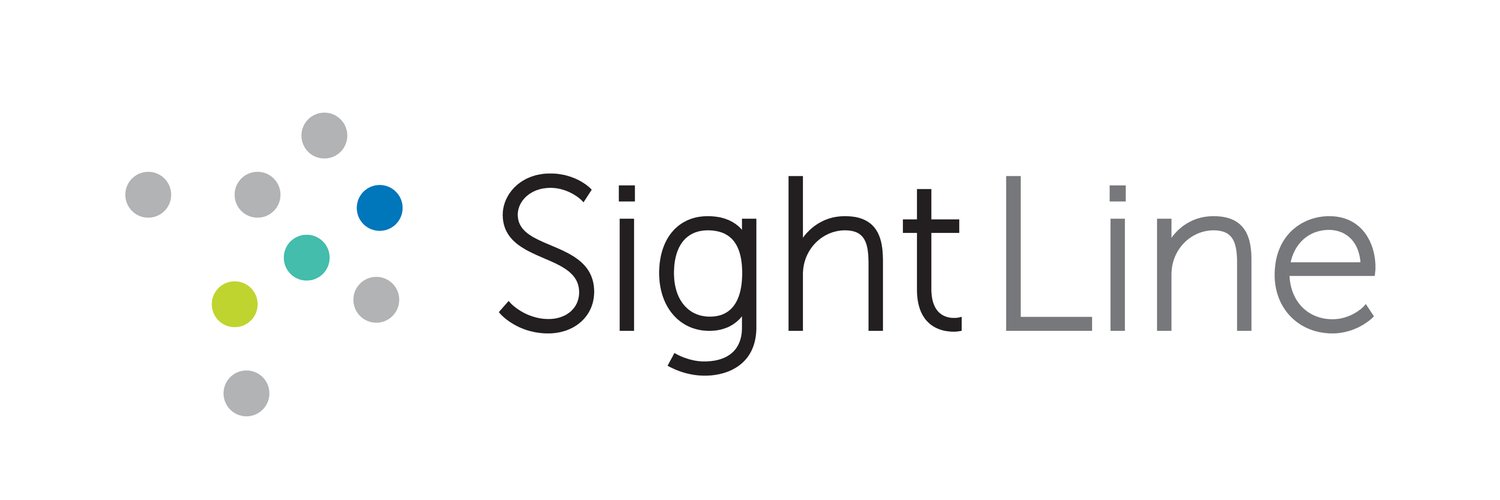Reflecting on Fall 2023 Enrollment: Insights for Enrollment Leaders
Now that fall enrollment numbers are in, it is imperative for enrollment leaders to reflect on their goals, recognize their success, and identify areas for improvement. In this article, we will explore areas of improvement and highlight potential ideas to test out in the coming years.
Since we’re at a point in the fall 2023 semester where enrollment has leveled out, do you look back at your 2022 selves, setting the 2023-24 enrollment goals and think “that was just right, well done!”, or “we could have done better”?
Whether you fell short or hit the mark with your enrollment goal, assessing what went well and what can be improved on is critical. Below are some of our top tips.
AREAS FOR IMPROVEMENT
Once the enrollment goal has been evaluated, areas for improvement should be identified to enhance future outcomes. Some common areas to consider are:
Marketing and Outreach: How well did we understand and target our desired student population? Did our value proposition resonate with students?
Reflect on the clarity and effectiveness of the messaging used in recruitment efforts. Consider reviewing the university's branding, unique offerings, and positioning to ensure they align with the expectations and preferences of prospective students.
Financial Aid Packages: Do the financial aid packages align with the needs of applicants? Careful examination of financial assistance options can help attract a more diverse pool of students, as well as ensure the affordability and accessibility of education.
Admissions Processes: Is our admissions process streamlined, efficient, and accessible for all kinds of students? Simplifying the application process, providing clear guidelines, and prioritizing transparency can significantly improve the admissions experience for both applicants and staff.
TESTING NEW APPROACHES
To continually enhance enrollment efforts, university leaders should test out new ideas and strategies. It is important to consider innovative approaches that may lead to better outcomes. Some opportunities could include:
Virtual Recruitment Events: In the wake of the COVID-19 pandemic, many universities successfully conducted virtual tours, webinars, and Q&A sessions. Administrators can continue exploring virtual recruitment events to engage with a larger audience and provide a personalized experience to prospective students.
Leveraging Data Analytics: Applying data analytics tools can help administrators gain in-depth insights into applicant behavior, preferences, and decision-making processes. SightLine’s enrollment strategy solution provides in-depth insights into your applicants and actionable strategies you can implement immediately. Application and enrollment data will help university leaders find the students are more likely to enroll and the optimal net price, creating an opportunity to grow.
Empowering the Student Voice for Your Brand: Your current students have valuable feedback on their experience that can inform your admissions brand strategy. However, getting honest feedback can be harder than it seems. One effective method for gaining student insights is through neutral third-party interviews, a tool that the SightLine team likes to combine with our data analyses. This article dives into the benefits of conducting neutral, third-party student interviews that you wouldn’t otherwise have when a university leader directly interviews their own students.
Fall enrollment presents an opportunity for university administrators to reflect upon their goals, assess their achievements, and identify areas for improvement. By carefully analyzing recruitment strategies, financial aid packages, admissions processes, and testing new approaches, leaders can make strides in attracting a diverse and talented student population. Continual adaptation and innovation will ensure the ongoing success of universities meeting their enrollment goals in the future.
